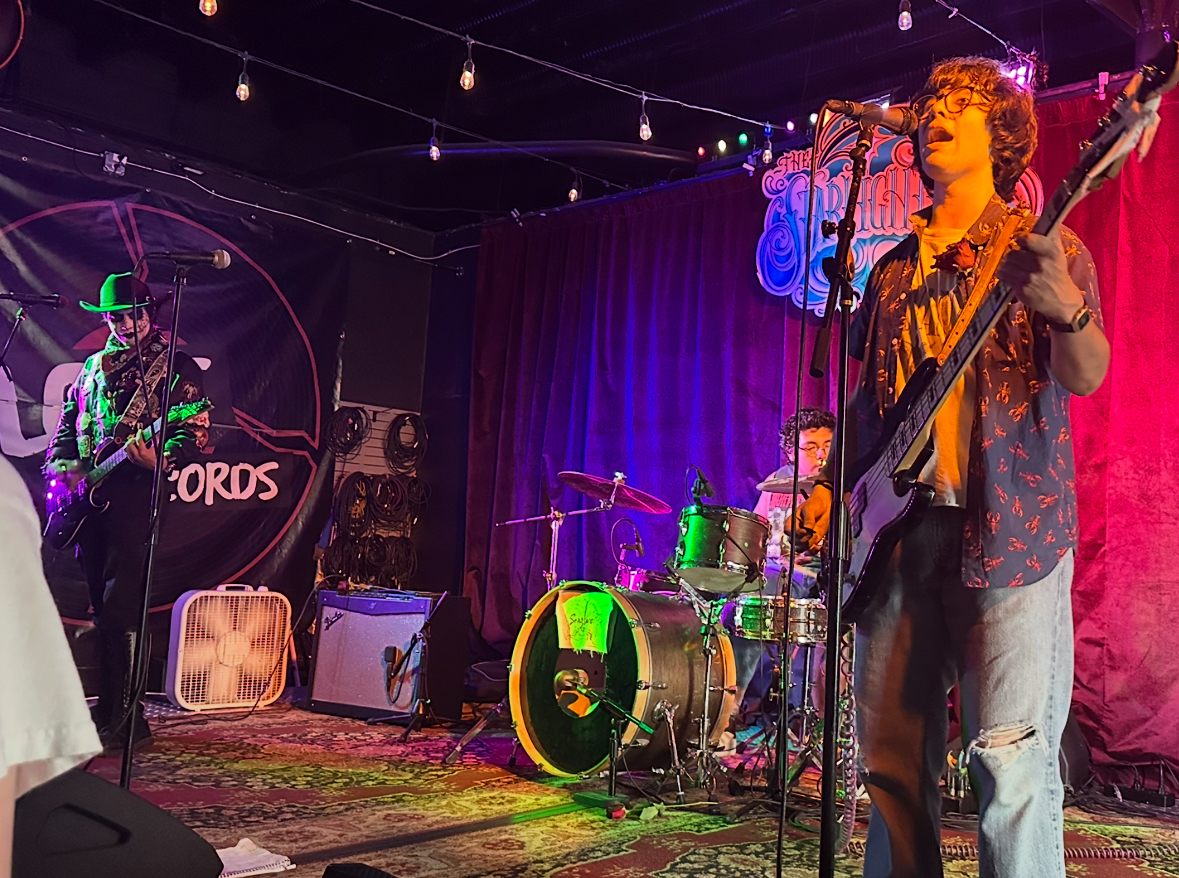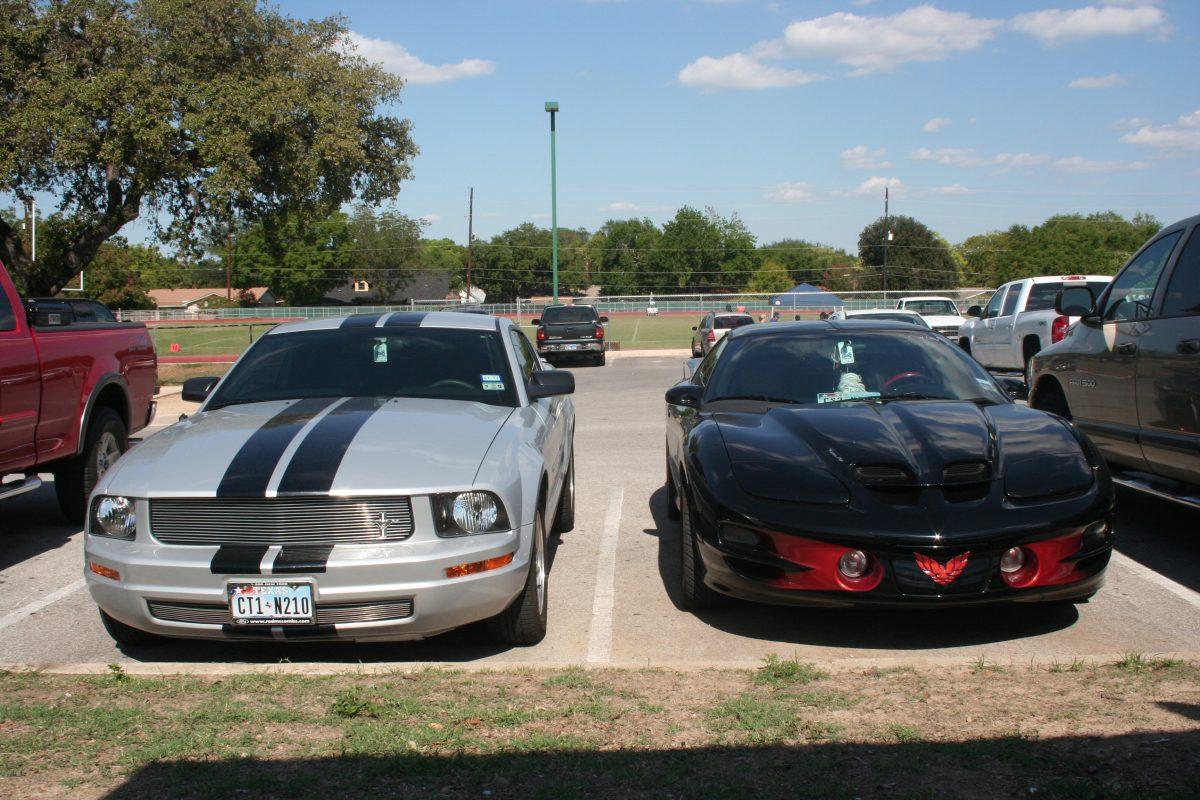With today’s gas prices, many Americans are encouraged to purchase economy boxes, or cars that are purely efficient with no power behind them, while others enjoy having a heavy foot on the pedal of an American born sports car, or otherwise known as American muscle. This original era of cars took place back in the 60s and 70s, but then faded out due to harsh emission laws placed by the government in the 80s. Today’s automotive technology has generated faster and more powerful vehicles than those that originated up to 50 years ago.

The trademark of American muscle is the V8 engine, and there is no room to compromise. Although these engines aren’t very fuel efficient, they produce excessive horsepower and a deep bellow coming from the exhaust. Junior Amanda Vanderbeek’s 2002 Pontiac Firebird is a perfect example. Her 5.7 liter v8 with a Ram Air Intake produces 310 horsepower. Not only is it fast, but also customized with aftermarket rims and her touch of red detail.
“I uniquely customized it with my own ideas, it’s a continual project that shows my own creativity. Plus, it gives some competition for other racers on the street,” Vanderbeek said.

The Ford Mustang has been the common American muscle car since its debut in 1964 and is one of the most recognizable cars on the road today. Since its premier, the Mustang had gone through many different body styles, but in 2005, Ford went back to their roots by releasing a mustang with classic body features like a square shape and circular tail lights. Junior Jeremy Moreno’s 2008 mustang with black racing stripes may only have a v-6 but is compensated for by the Flowmaster mufflers, allowing up to an additional 20 horsepower and giving the engine a lower, more aggressive tone.

It’s no doubt that American muscle is back and faster than ever before. Even with intentions of creating more eco- friendly cars, the desire for a solid, American v8 still exists.



















